This is the area where most people congregate to, and once you lay eyes on the square you’ll know why. The grandiose square contains spirit of the past and the present. Small birds circle the cathedral and horse and carriage loop around the square. It is the largest medieval square in Europe, which dates back to 1257. St Mary’s Basilica is a site to see and the 14th Century Cloth Hall contains countless souvenir stands. Some claim cloth hall is the oldest “shopping mall” and the edifice dates to 1555.
Explore the 10th Century St. Adalbert Church, which is a mix of pre-Roman, Roman, Gothic, Baroque and Renaissance architecture. Explore what is left of Krakow Town Hall with its tower as the rest of the facility was demolished to open up the square. The 13th Century Town Hall Tower stands 70 meters, but leans 55 centimeters as a result of a storm in 1703. Two stone lions guard the tower, which were brought from the Classicist Palace.
Built between the 13th and 14th Century, Wawel Castle is the most impressive landmark in the city. Fifty thousand years ago, people lived on Wawel Hill during the Paleolithic Age. In the early 16th Century, King Sigismund I the Old brought in some of the best native and foreign artists to create the castle you see today. Permanent exhibitions include the State Rooms, Oriental Art, The Lost Wawel, The Royal Private Apartments and the Crown Treasury and Armory. Don’t be in too much of a rush, and be sure to stop and smell the flowers.
Wawel Cathedral
Inside the Wawel Castle is the cathedral where visitors marvel and decadent artistry and architectural wonders of the 18 chapels. Most of the Polish King’s and their family members, along with the nation’s greatest heroes, bishops, two poets and four saints, are buried in the cathedral.
Planty is a green belt of public parks, similar to a chain consisting of 30 gardens. Today, the area of Planty consists of 41 hectares. It takes one to two hours to walk around the Old Town district through the tree-covered pathways.
The once World War II factory is now a historical museum. The factory housed the former Nazi industrialist who saved the lives of his Jewish workforce during the Holocaust. Guests will see Schindler’s desk intact to what it would look like during the war alongside with walls filled with plates, Nazi propaganda and photos of the factory workers.
On March 3, 1941, the Nazi occupation created a dwelling place for Krakow Jews. Podgorze is the conception of the Jewish ghetto located on the right side of the Wisla River. The ghetto consisted of 15 streets and some 320 buildings and 3,200 rooms, completely walled off from the rest of the city. The ghetto's western edge, at Limanowskiego Street near Rynek Podgorski square was the main entrance gate to the ghetto along with another gate on Limanowskiego Street, which was solely for the entrance of German military trucks.
This is Krakow’s oldest restaurant, which traditions date back to 1364. It’s become a landmark of its own regardless of if people actually eat. Dine in what looks like 1800’s décor and marvel at the beautiful wallpaper. Wierzynek’s website states, “The tradition of the Wierzynek Restaurant dates back to 1364, when a wealthy merchant Mikołaj Wierzynek hosted a splendid feast for the monarchs of Europe on behalf of the Polish King Casimir the Great. Wierzynek undertook the task of hosting the feast with great care and overwhelmed his noble guests with a truly lavish welcome. The tables were groaning with food and drinks and the guests celebrated for 20 days and nights. Upon departure, the generous merchant presented each guest with a splendid gift – gold and silver tableware. At the Wierzynek Restaurant we continue this great medieval tradition of feasting until the present day by giving a royal welcome to each and every one of our guests!”
Built between 1597-1619, this is the biggest church in Krakow in terms of seating capacity. The Baroque Jesuit church is most known for its facade, containing the 12 apostles. The church was built shortly after the arrival of the Jesuits to defend the Catholic faith after signing the Council of Trident.
This Lemon Tree article is now featured on GPSmyCity. To download this article for offline reading or travel directions to the attractions highlighted in this article, go to 12 Must See Historical Sites in Krakow, Poland.
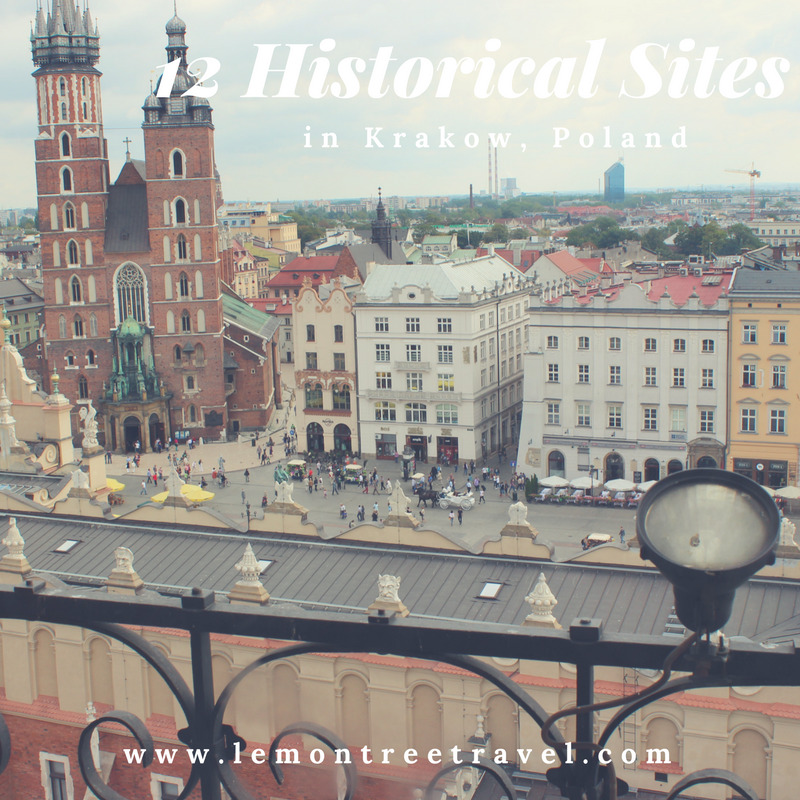
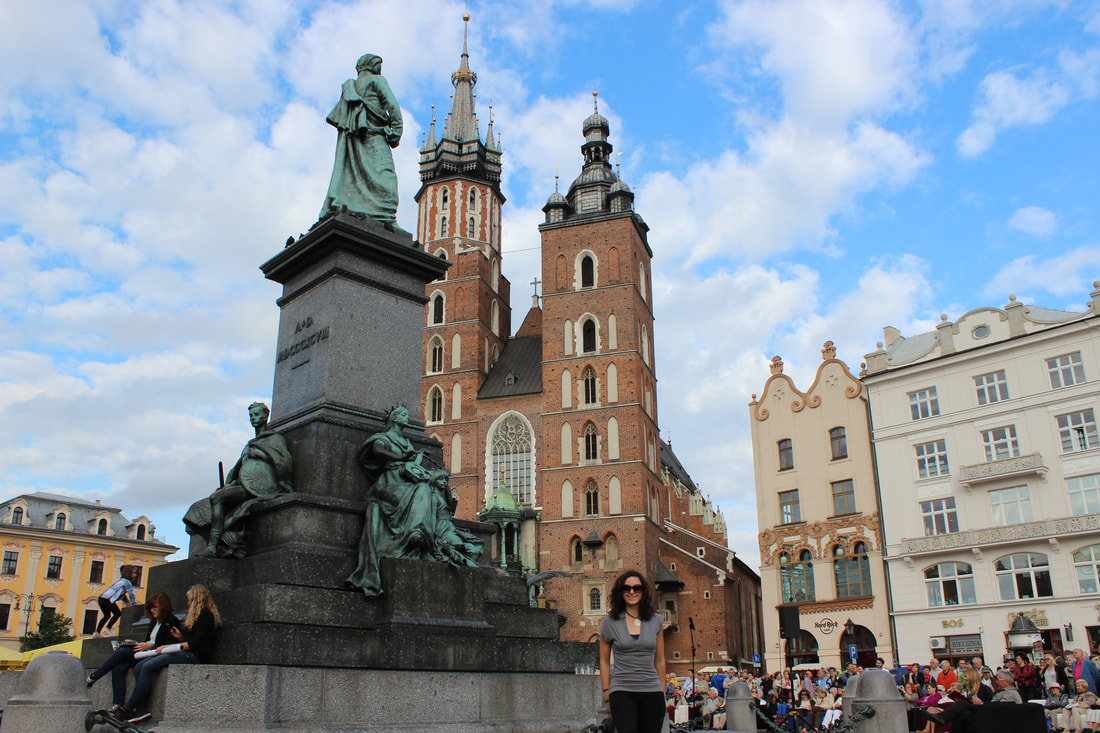
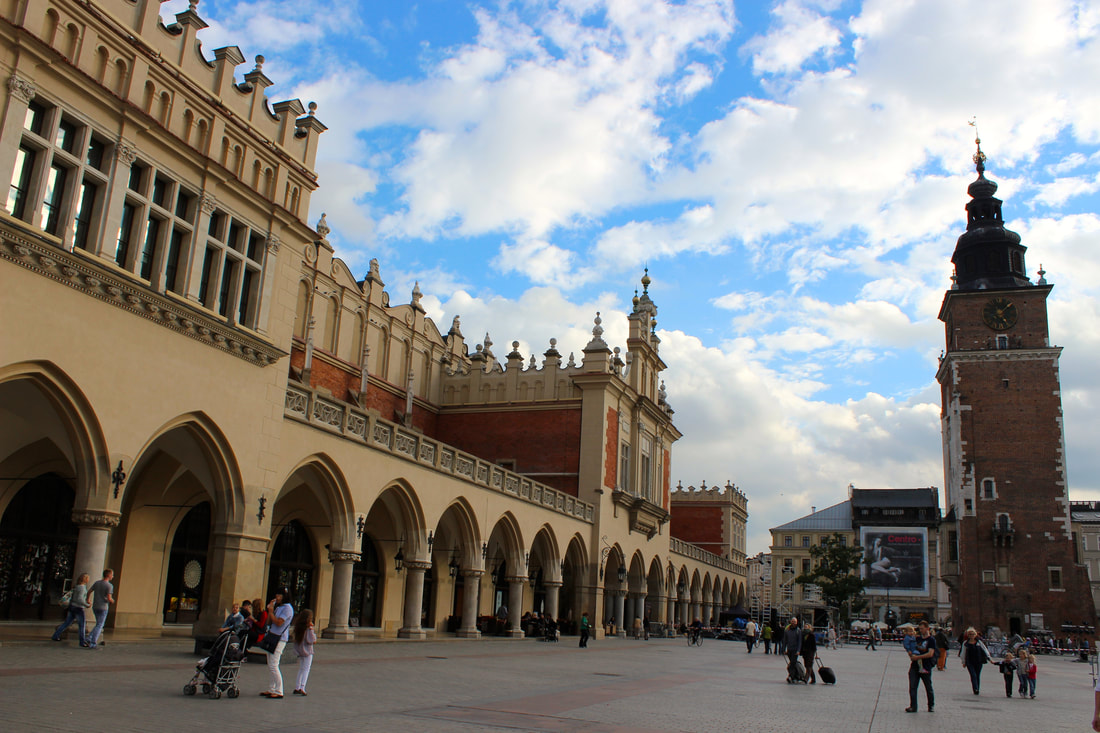
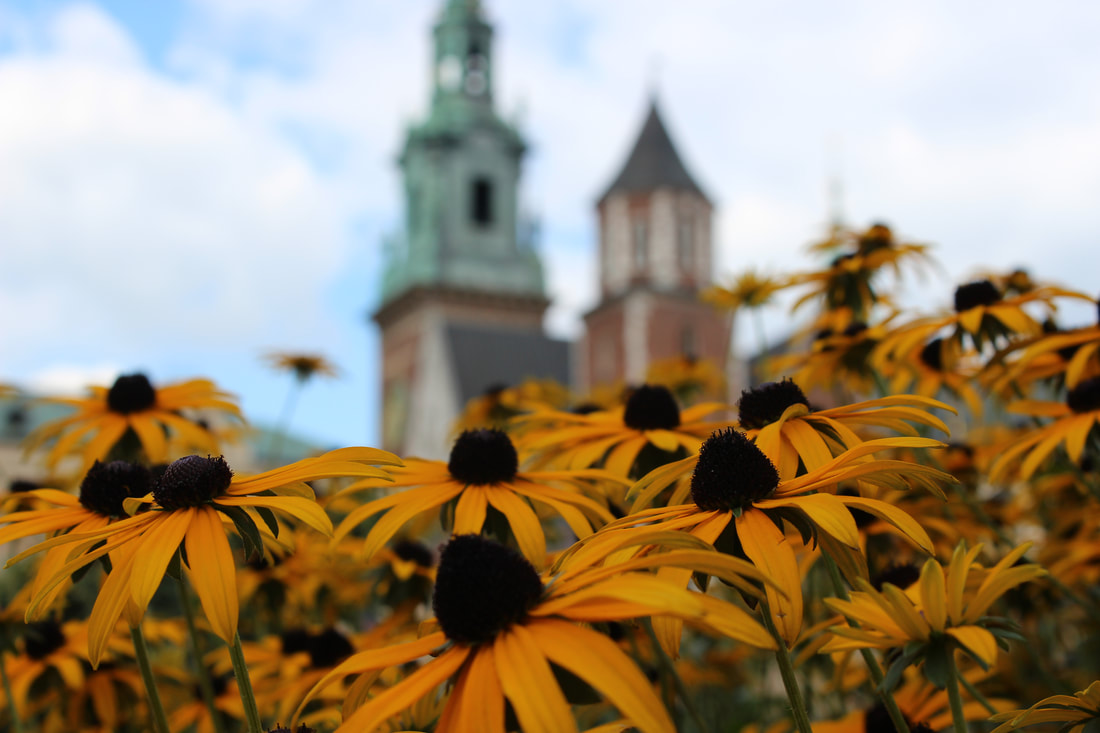
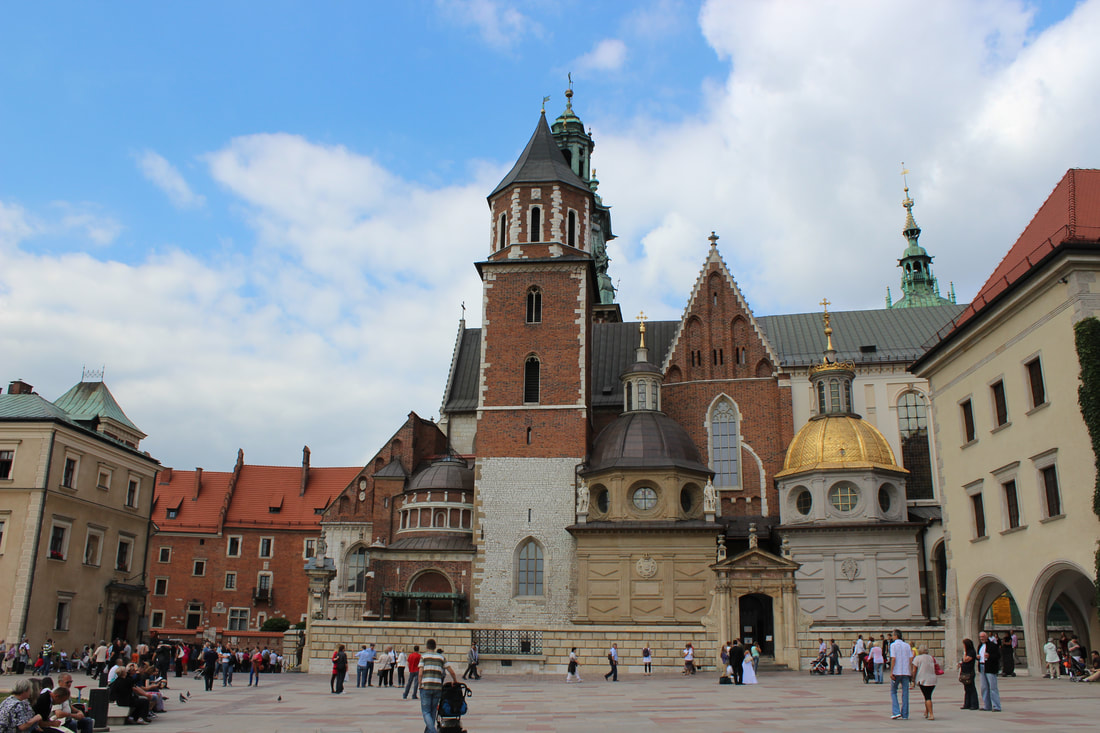

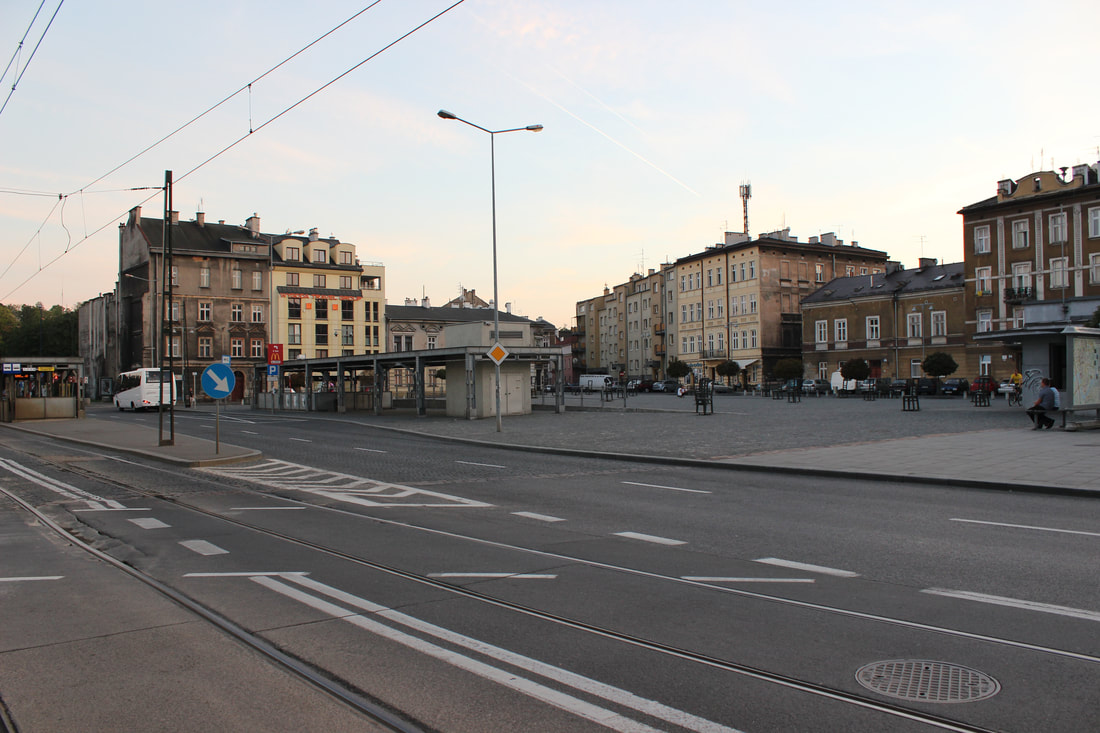
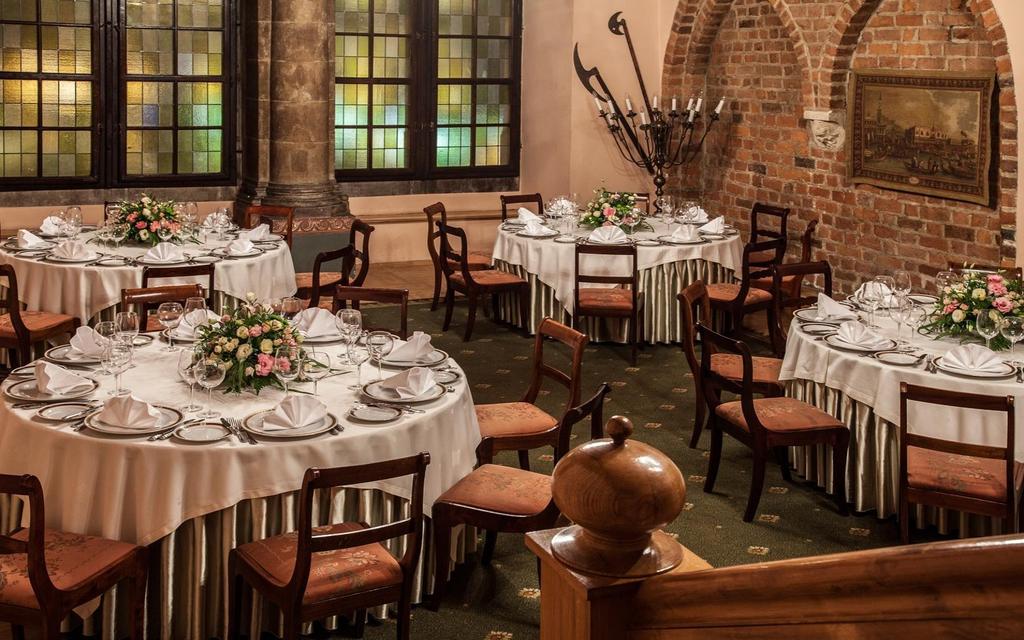
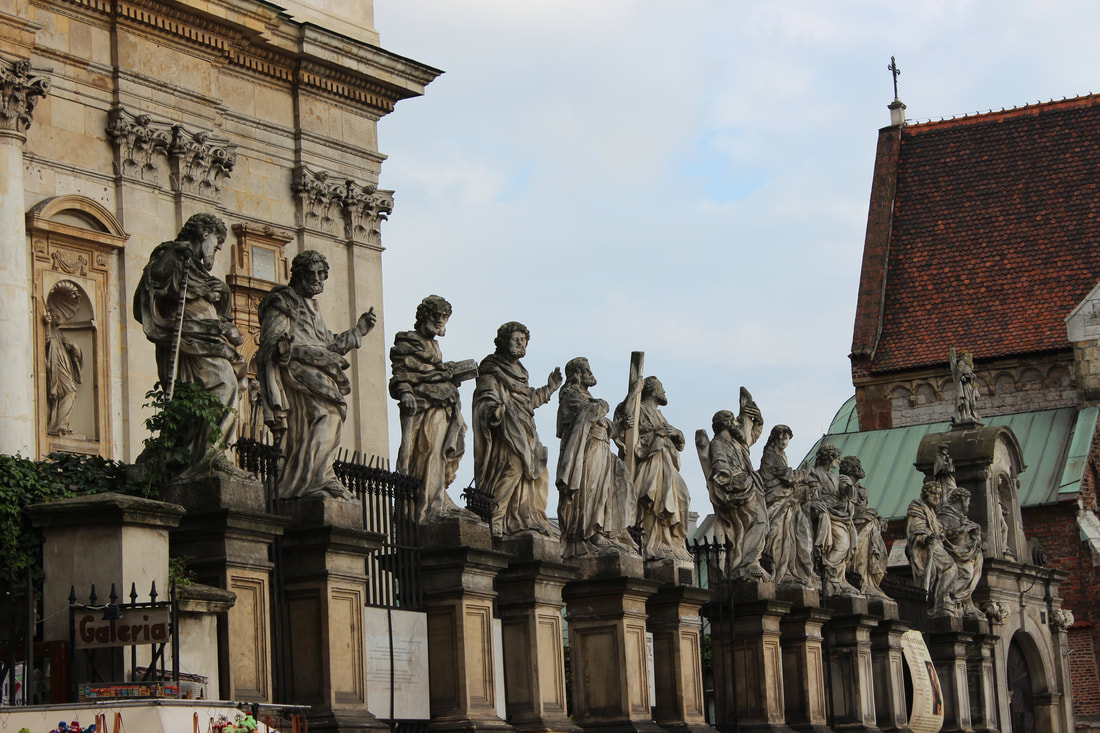
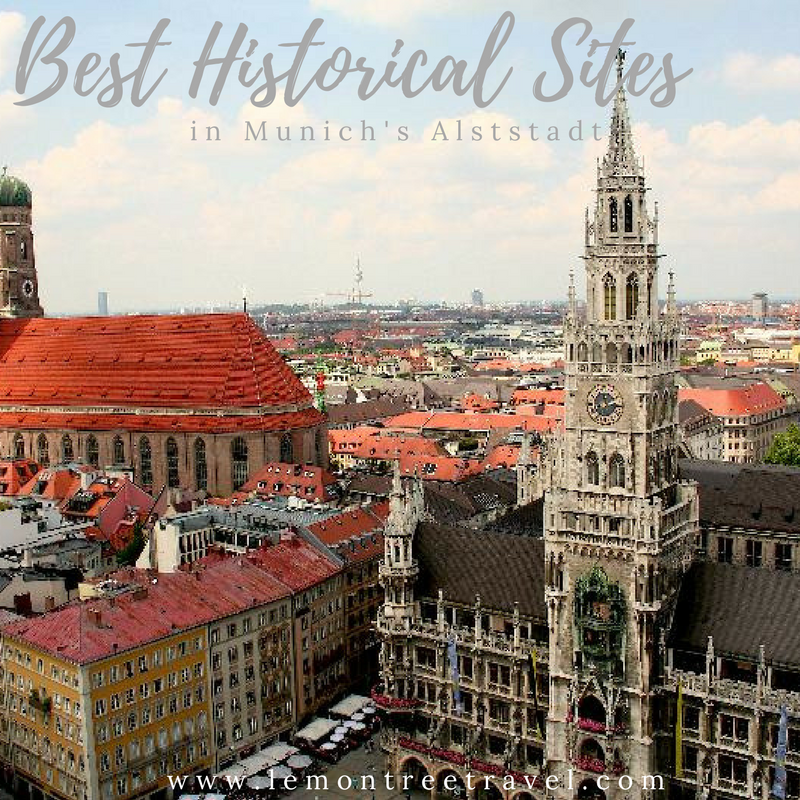
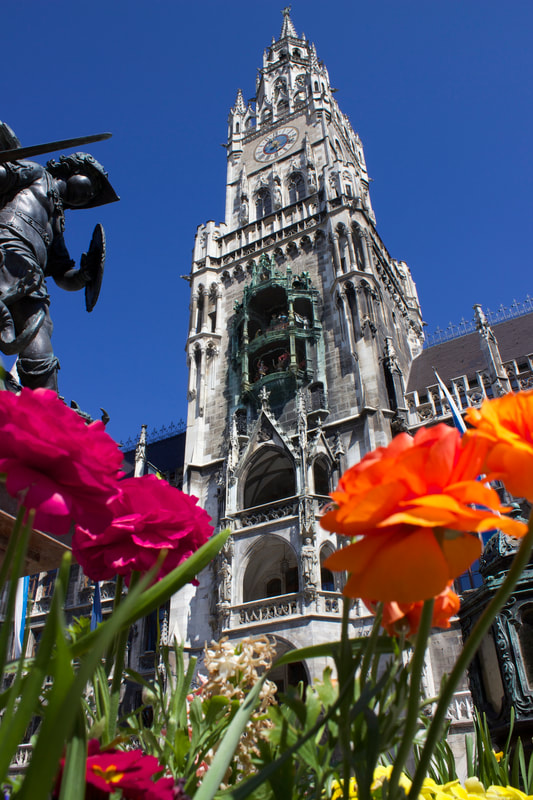
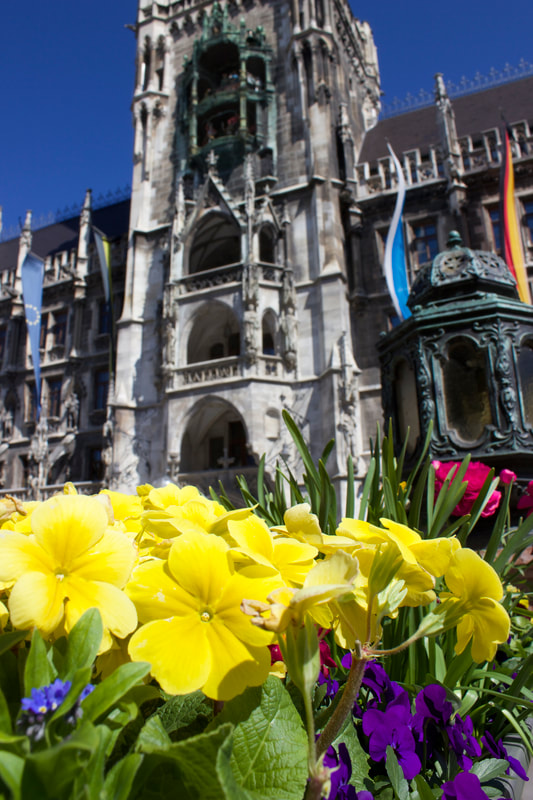

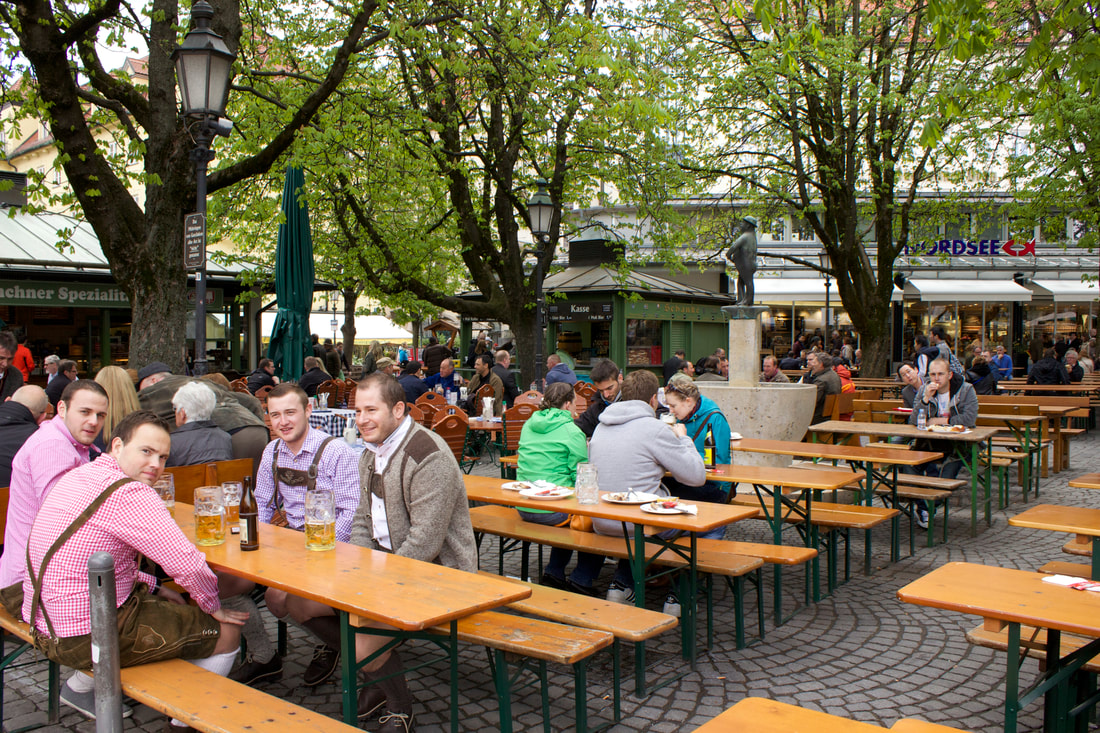
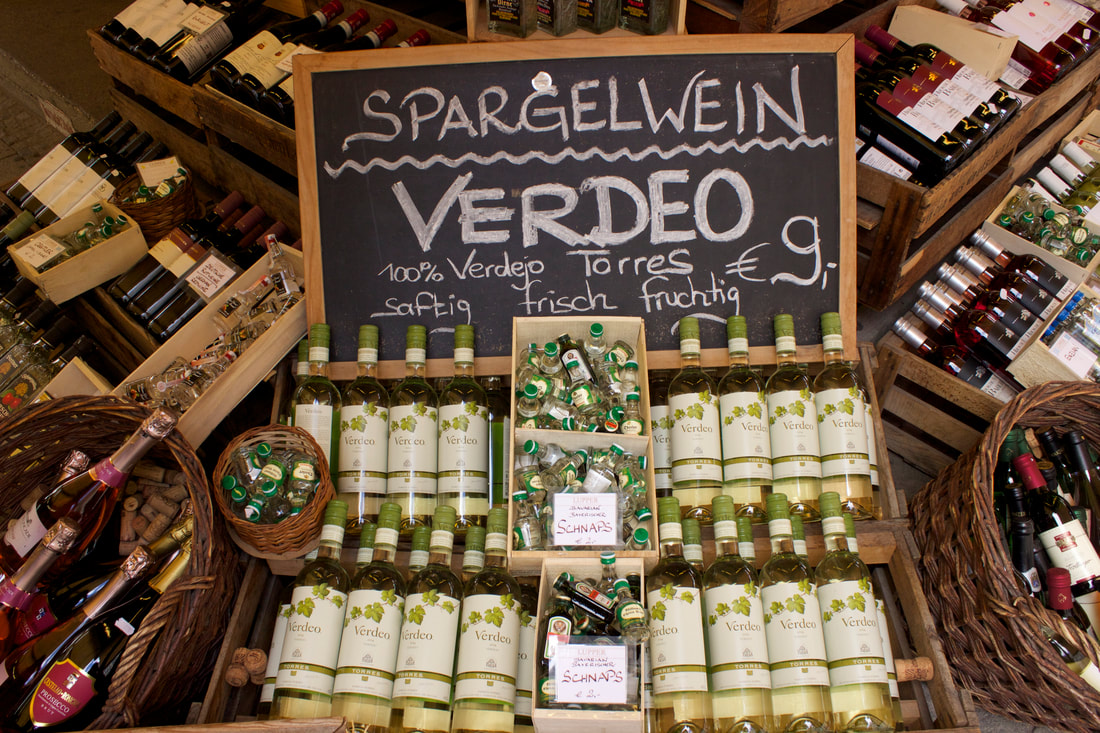
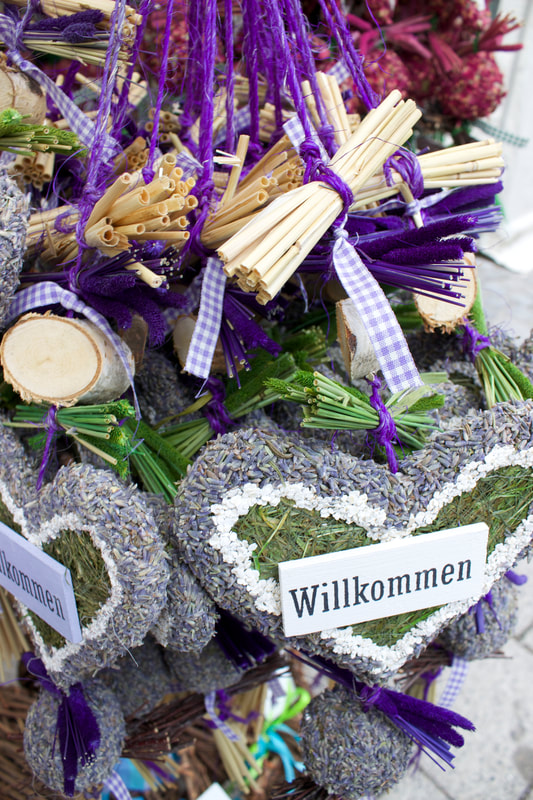
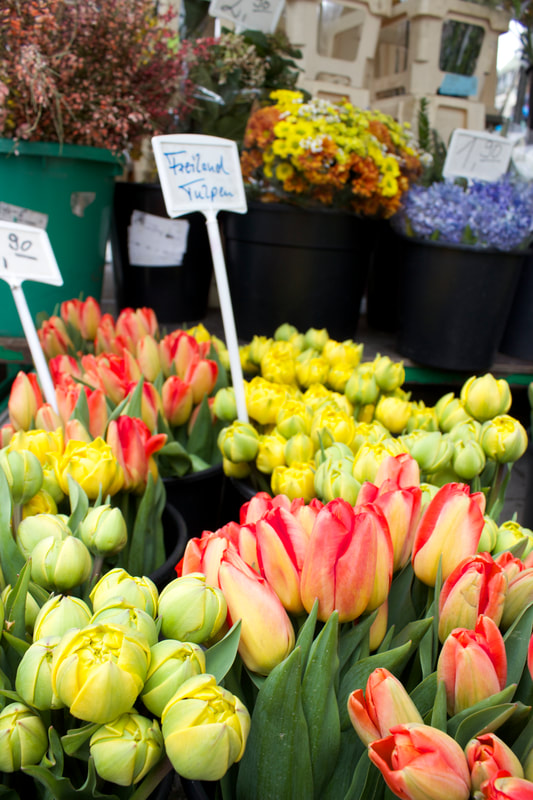
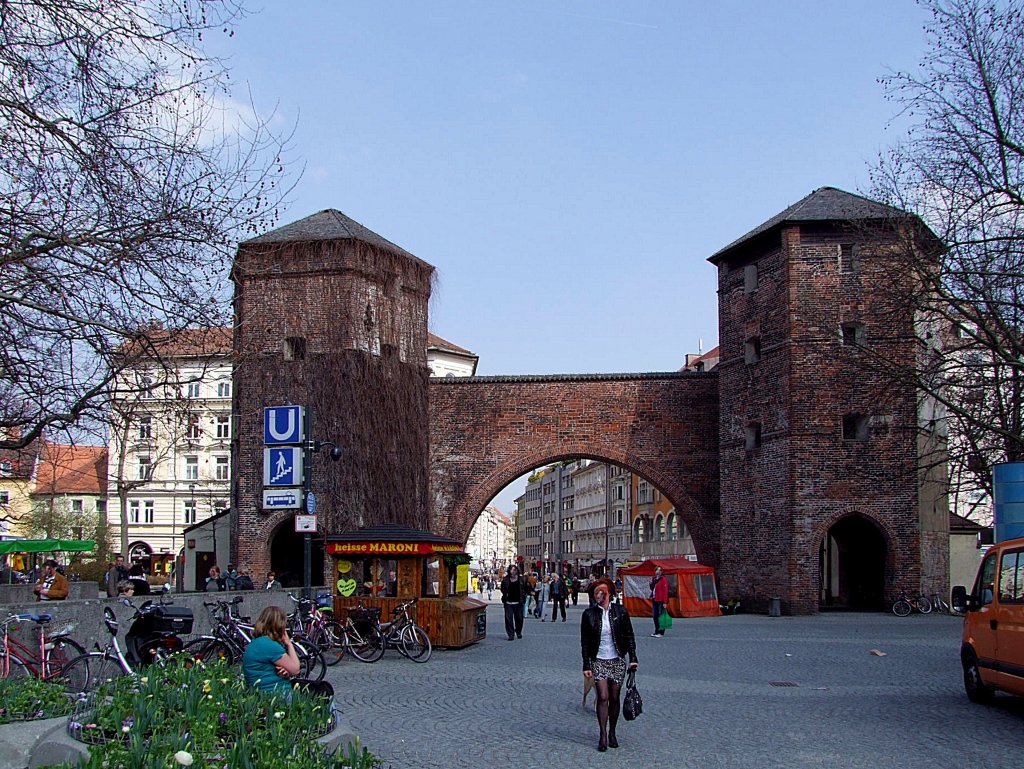
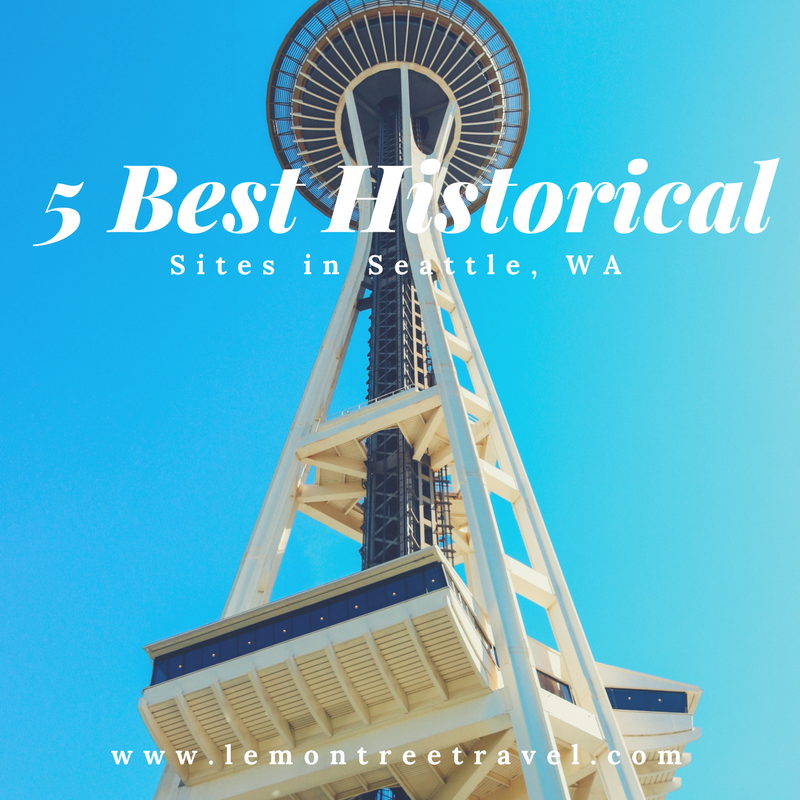
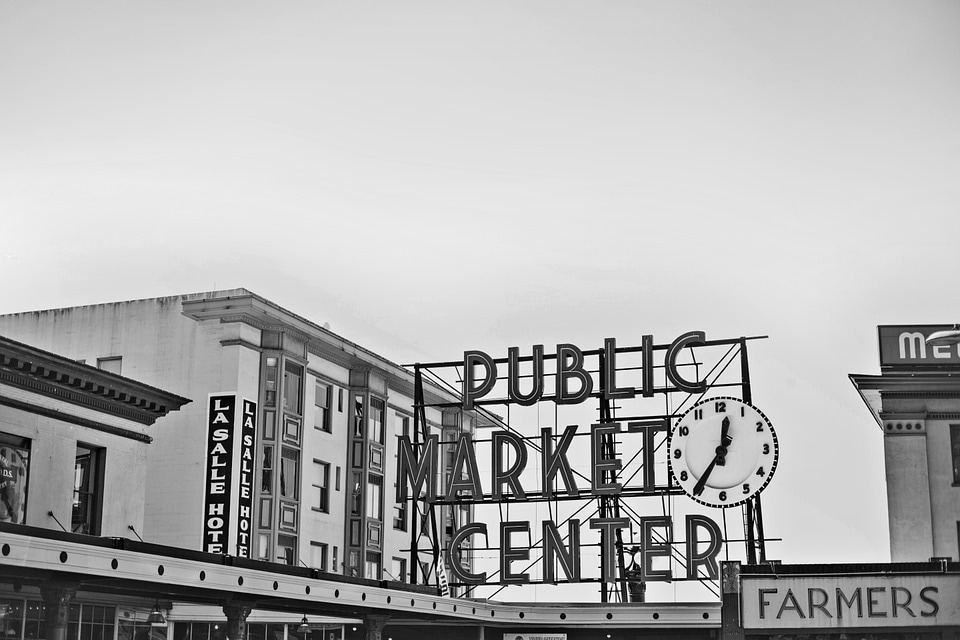
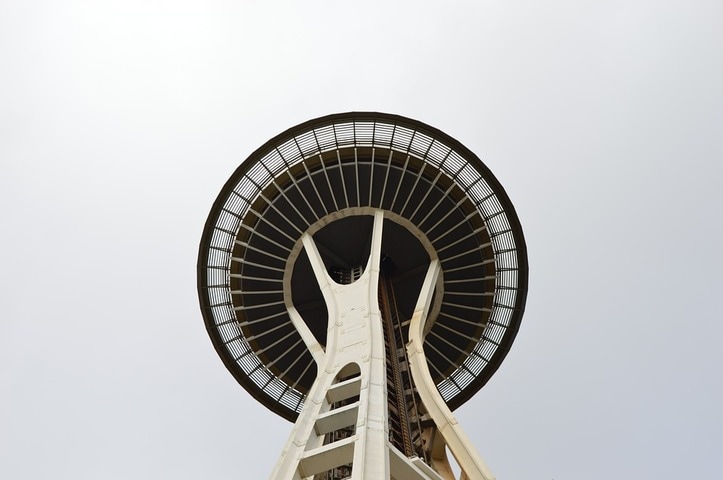
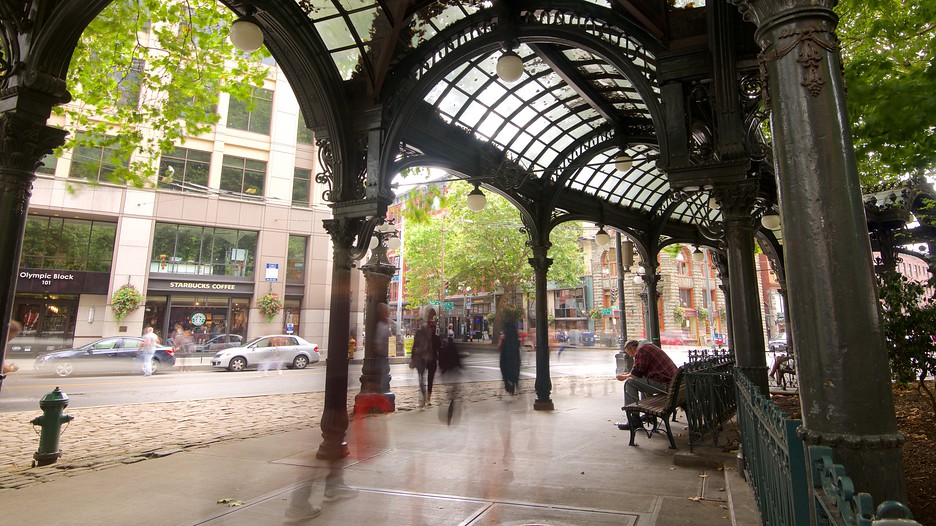

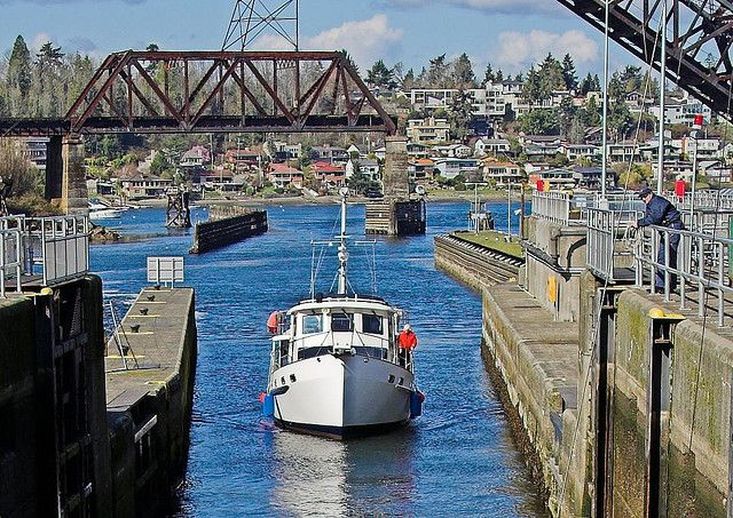
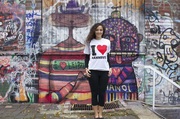

 RSS Feed
RSS Feed